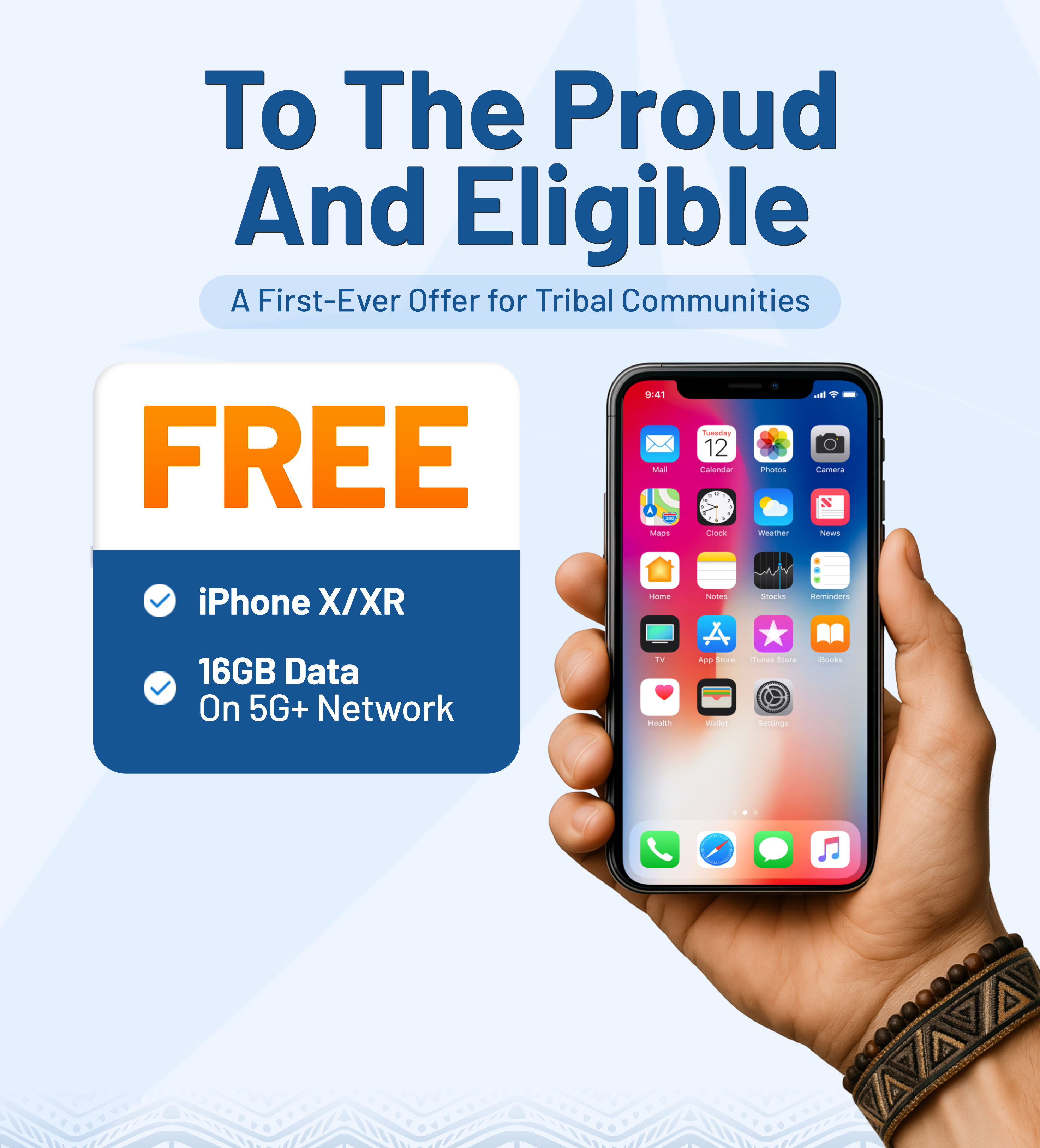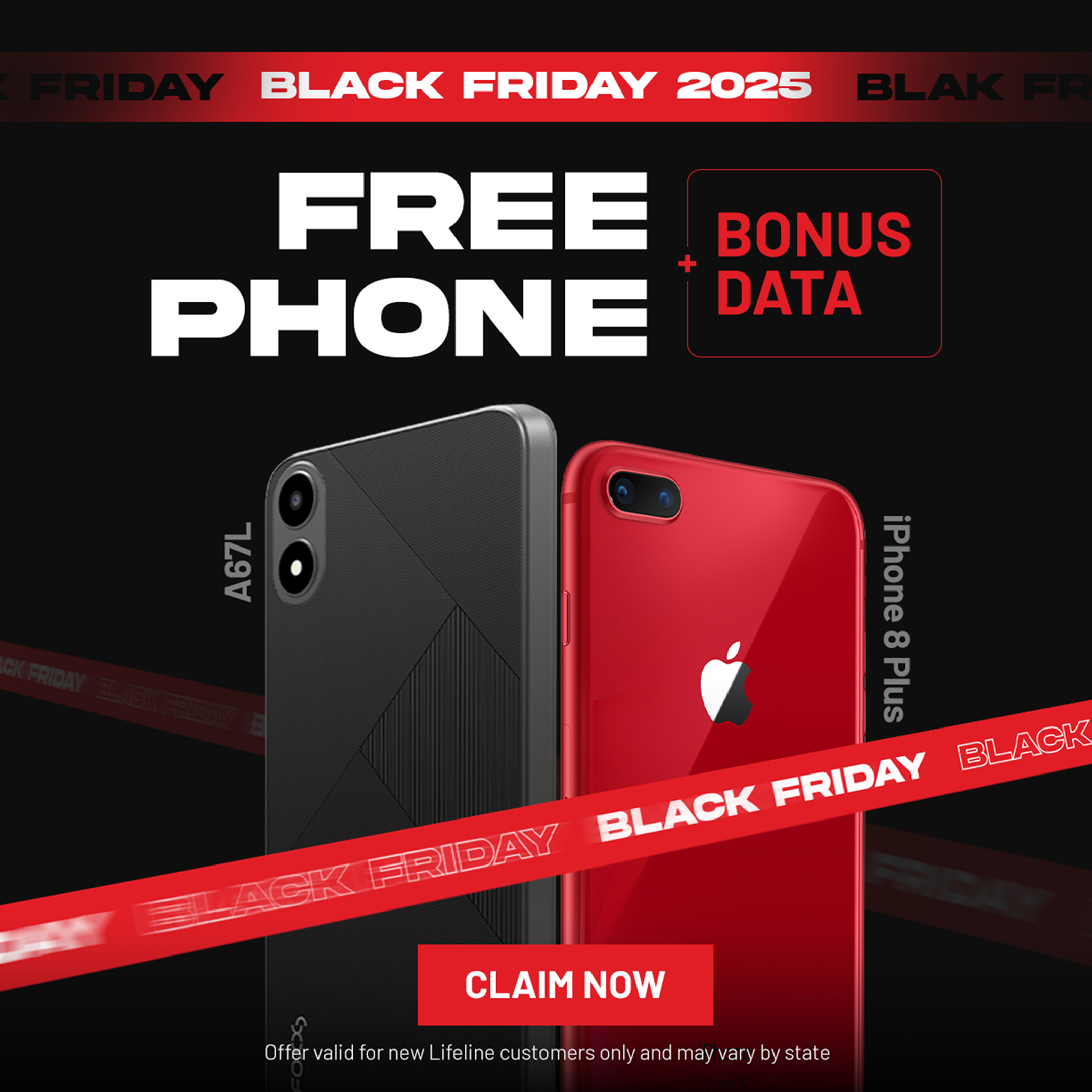Big changes are coming to SNAP in 2026. States like Arkansas, Idaho, Indiana, Nebraska, Iowa, and Utah plan to ban recipients from using benefits on certain ‘junk foods. As new SNAP restrictions are reshaping what families can put in their grocery carts, what should you expect and prepare?
1. SNAP Ban and EBT Food Restrictions
When using an EBT card to pay for groceries, it’s important to know which items are eligible and which are not allowed.
Federal rules set the nationwide baseline, but starting in 2026, several states will enforce USDA-approved Food Restriction Waivers that limit the purchase of “junk food.” Without understanding these changes, you could easily run into declined transactions at checkout.
Federal rules: What’s always prohibited
Under SNAP at the national level, you cannot use EBT to purchase:
- Alcohol and tobacco
- Hot, prepared foods meant to be eaten on-site
- Vitamins and dietary supplements (products labeled with Supplement Facts)
- Non-food items like cosmetics, soap, pet food, or household supplies
On the other hand, staple groceries such as bread, milk, meat, produce, grains, frozen foods, and juice are fully eligible. Importantly, according to federal law, candy, soda, chips, ice cream, and packaged desserts are still allowed with EBT.
What changes in 2026: States restrict “Junk Food”
The USDA has approved a series of Food Restriction Waivers that take effect in 2026. This means that while federal law allows junk food, certain states will ban items like soda, candy, or energy drinks with EBT. Key updates include:
- Arkansas (07/01/26): Bans soda, candy, low-nutrition drinks
- Colorado (03/01/26): Bans soft drinks
- Florida (01/01/26): Bans soda, energy drinks, candy, prepared desserts
- Idaho (01/01/26): Bans soda and candy
- Indiana (01/01/26): Bans soft drinks and candy
- Iowa (01/01/26): Limits EBT to non-taxable foods → Excludes soda, candy, and most packaged junk foods
- Louisiana (01/15/26): bans soft drinks, energy drinks, candy
- Nebraska (01/01/26): bans soda and energy drinks
- Oklahoma (01/01/26): bans soft drinks and candy
- Texas (04/01/26): bans sugary drinks and candy
- Utah (01/01/26): bans soft drinks
- West Virginia (01/01/26): bans soda

How to check the rules in your state?
- Since every state enforces waivers differently, you should:
- Review the official USDA – SNAP Food Restriction Waivers list.
- Visit your state’s SNAP/EBT website for details.
- Call your state’s EBT hotline for direct assistance.
- Check “EBT Eligible” shelf labels in stores, but remember, stores may not update labels right away when new rules take effect.
2. SNAP Restrictions Overview
Reasons for SNAP restrictions
The restrictions in the SNAP program are designed to balance two goals: providing nutritional support for low-income households and preventing abuse of the program.
The two main objectives outlined in federal law and program administration are: preventing fraud and misuse and ensuring that benefits reach the people who truly need them.
Below is a detailed analysis of these objectives, along with examples from current regulations.
Prevent abuse of the program
A large portion of SNAP restrictions aim to exclude purchases that are not basic food items or are prone to misuse. These limitations reduce the risk of using EBT/SNAP benefits to buy products that could be resold or used for non-nutritional purposes.
Without such restrictions, benefits could be spent on items unrelated to nutrition, leading to a waste of public resources and creating opportunities for illicit trade. Therefore, clear rules on qualifying vs non-qualifying products form the cornerstone of SNAP’s mission to maintain proper nutritional support.
Ensure benefits reach the right recipients
Beyond preventing abuse, SNAP restrictions and eligibility criteria also ensure that public benefits are directed to those who need them most, through income thresholds, resource limits, work requirements, and certain exemptions.
The main federal benchmarks cap gross income at 130% of the FPL and net income at 100%, incorporating allowable deductions (such as housing costs, dependent care expenses, and medical expenses for the elderly or disabled).
While these benchmarks are defined under federal law, the way some deductions are calculated and applied can vary by state.
Federal vs state SNAP restrictions
SNAP operates under national law, yet its practical administration is carried out individually by state authorities. This creates a “common framework” established at the federal level, while states have the flexibility to adapt certain aspects.
General federal regulations
Federal law defines the core rules: what items can be purchased, what items are prohibited, income and resource eligibility criteria, and ABAWD work requirements.
The U.S. Department of Agriculture (USDA), through the Food and Nutrition Service (FNS), provides detailed guidance for retailers and state agencies to ensure consistent enforcement nationwide.
Key differences at the state level
Although federal rules apply uniformly, states have the authority to:
- States can apply for exemptions from ABAWD time limits in regions facing high joblessness or limited employment opportunities. Some states request waivers statewide, while others apply them only to specific regions.
- Adjust the calculation of certain deductions or implement additional state-level policies to reflect local living costs.
3. How Long Can You Stay on SNAP?
How long a household can access SNAP benefits differs, depending on personal circumstances like employment, income, age, and household composition.
To maintain benefits, participants must go through periodic reviews known as re-certification.

When a household is approved for SNAP, the state assigns a certification period lasting a set number of months. Certification periods typically range from 4, 6, 12, to 24 months, depending on the type of household and the state’s policy choices.
States have the authority to determine these timeframes within federal rules, so certification periods vary by both state and household situation.
Before the certification period ends, the state requires a re-certification (also called renewal or eligibility review).
Re-certification usually involves:
- Updating proof of income
- Household composition
- Expenses
- And sometimes completing an interview.
Submitting the re-certification on time and completing any required interview is the main way to avoid interruptions in benefits.
Federal guidelines also require states to process re-certifications promptly to prevent unnecessary gaps in coverage.
If the certification period ends and the re-certification application is not submitted or approved in time, monthly SNAP benefits will stop.
Any remaining balance on the EBT card is usually still accessible until it is spent, but no new monthly benefits will be added until eligibility is re-established.
4. Tips to Avoid Violations and Keep Your SNAP Benefits
To protect your benefits, it’s important to know what not to buy and how to handle your EBT card correctly. Below are practical tips to help you reduce the risk of denial or suspension.
How to avoid buying items on the restricted list?
SNAP covers most groceries for home consumption but excludes alcohol, tobacco, hot prepared foods sold for immediate consumption, vitamins/most dietary supplements, and non-food household goods.
Keep a short checklist of these categories so you don’t accidentally use your EBT card for them.
Some states add extra restrictions on sugary drinks, candy, or other “junk foods.” Always check USDA FNS updates or your state’s SNAP website, since rules can vary and change over time.
Many stores label items as “EBT Eligible”; when in doubt, ask the cashier before swiping.
Cold packaged foods meant for take-home are usually eligible, while hot foods from delis, buffets, or fast-food counters are not.
EBT card usage tips to prevent a “SNAP Ban”
- Protect your PIN as you would a debit card PIN.
- Never share it, write it on the card, or give it to strangers.
- If you suspect a compromise, change it immediately and report a lost/stolen card through your state’s EBT hotline.
The Federal Trade Commission (FTC) and state agencies warn that card skimming, and PIN theft are real threats, so monitor your account regularly to catch any suspicious activity early.
Final Words
Following SNAP restrictions, make sure to take control of your SNAP benefits with these steps: review your eligibility, track your EBT usage carefully, and consult your state’s guidelines regularly to maintain uninterrupted access to essential groceries.


